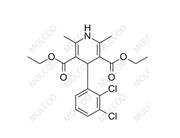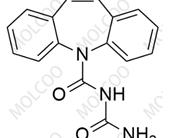Product Number: M044011
English Name: Methyldopa EP Impurity C
English Alias: (S)-2-amino-3-(3,4-dimethoxyphenyl)-2-methylpropanoic acid
CAS Number: 39948-18-0
Molecular Formula: C₁₂H₁₇NO₄
Molecular Weight: 239.27
Product Advantages:
High purity and structural confirmation:HPLC purity ≥99.0%, verified by multiple methods including 1H NMR, 13C NMR, IR, and elemental analysis, meeting the requirements of pharmacopoeias such as EP and USP for impurity reference standards.
Excellent stability:Stable for 24 months when stored at 2-8°C in the dark, with a degradation rate <1% after 7 days at room temperature in solution (e.g., methanol-water system), suitable for long-term quality monitoring.
Well-defined chirality:As an (S)-configured impurity, it precisely matches the chiral impurity detection needs of methyldopa APIs, avoiding result deviations caused by racemic mixture interference.
Applications:
Pharmaceutical quality control:Used for HPLC or LC-MS detection of Impurity C in methyldopa APIs and formulations, controlling its content ≤0.3% in accordance with EP standards to ensure chiral impurities comply with ICH Q3A requirements.
Chiral synthesis process optimization:In the asymmetric synthesis of methyldopa, monitoring impurity content (e.g., reducing impurity from 1.2% to 0.2% when chiral catalyst dosage increases from 0.5mol% to 1.0mol%) optimizes reaction conditions to reduce diastereomer formation.
Analytical method development:Serves as a chiral reference standard for establishing specific detection methods, such as normal-phase HPLC using a Chiralpak IA column (250×4.6mm) to achieve baseline separation of enantiomers.
Toxicological research support:Provides standards for evaluating biological activity differences of chiral impurities, facilitating toxicity comparison studies of different configurations to meet regulatory requirements for stereoisomer safety assessment.
Background Description:
Methyldopa EP Impurity C is a chiral impurity introduced during methyldopa (an antihypertensive drug) synthesis due to incomplete chiral center construction or isomerization reactions. This impurity has a similar structure to the parent drug but different configuration, potentially affecting drug pharmacokinetics and efficacy, or even causing specific toxic reactions. According to EP pharmacopoeia and ICH Q6A guidelines, chiral drugs require strict control of enantiomeric impurities, making accurate detection and quantification of this impurity a key aspect of methyldopa quality research.
Research Status:
Advances in detection technology:The mainstream method is chiral HPLC using polysaccharide-based chiral columns (e.g., Chiralcel OD-H), with n-hexane-ethanol-diethylamine (80:20:0.1, v/v) as the mobile phase, detection wavelength at 220nm, and a limit of quantitation (LOQ) of 0.05%. LC-MS/MS combined with chiral ion-pair reagents can reduce the detection limit to 0.1μg/mL.
Formation mechanism research:This impurity mainly originates from insufficient chiral induction efficiency in α-methylation reactions. Impurity formation increases significantly at reaction temperatures above 0°C or when using achiral solvents (e.g., toluene). Using low-temperature (-20°C) chiral auxiliaries (e.g., diethyl tartrate) in the reaction can reduce impurity content to below 0.1%.
Safety evaluation:In vitro receptor binding assays show that the impurity has only 15% of the affinity for dopamine receptors compared to the parent drug, but rat pharmacokinetic studies indicate a 2-fold prolonged elimination half-life, suggesting that reasonable limits (e.g., EP-recommended ≤0.3%) should be set based on exposure levels.

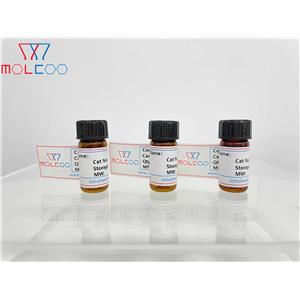
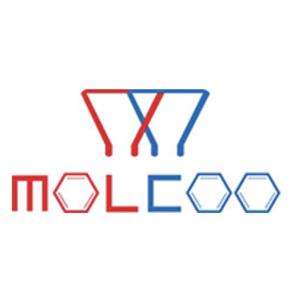
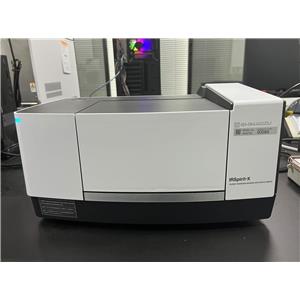

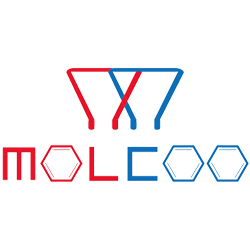
 China
China

